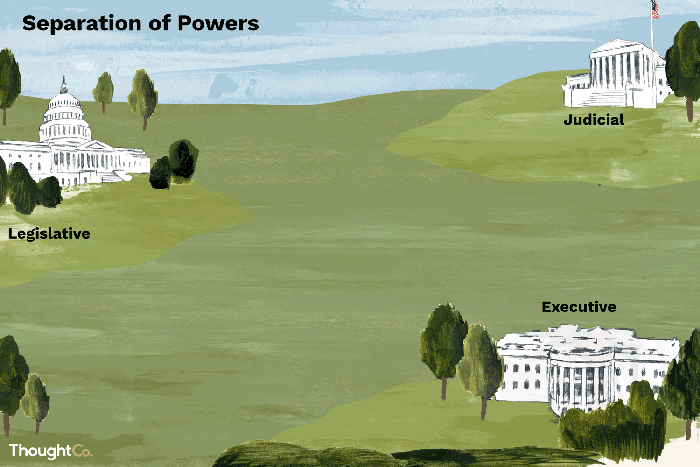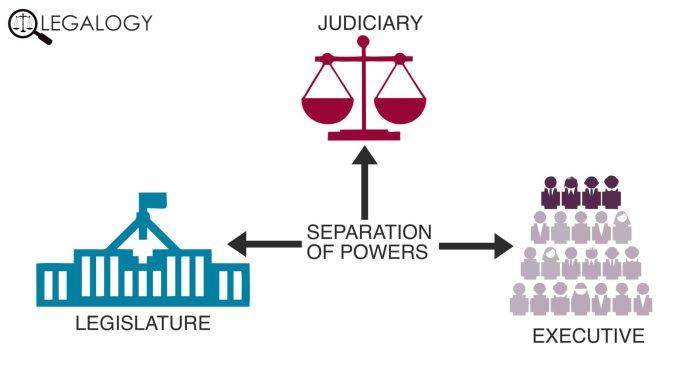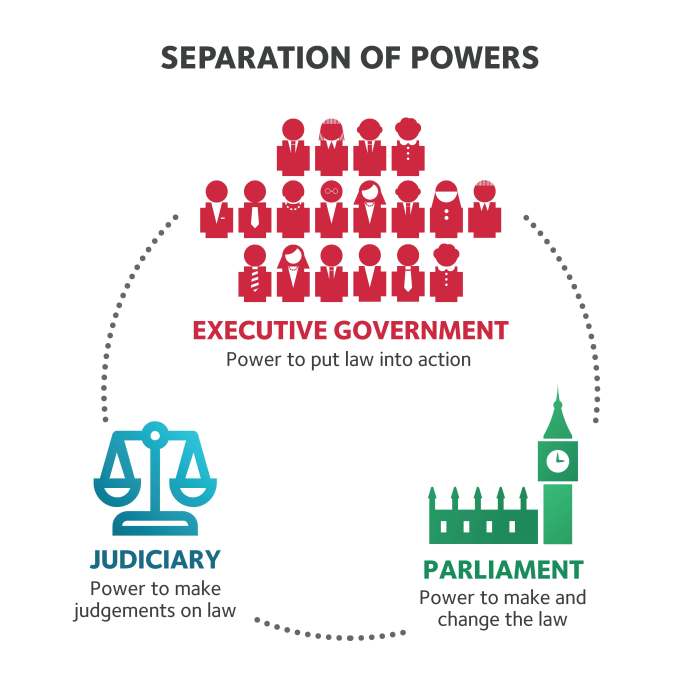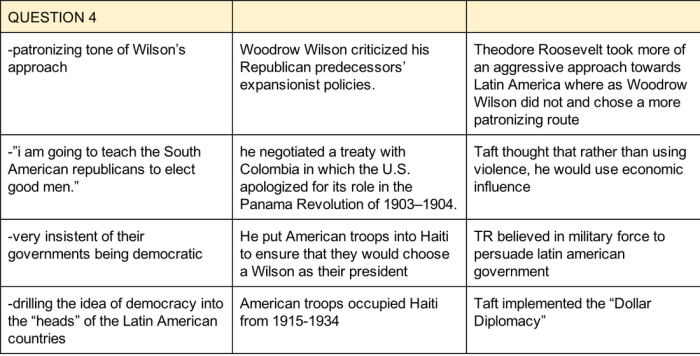The separation of powers apush definition establishes the foundation for understanding the intricate balance of power within the United States government. This principle, deeply rooted in ancient Greece and Rome, was meticulously refined by Enlightenment thinkers like Montesquieu, ultimately shaping the structure of the American government.
The separation of powers dictates that the legislative, executive, and judicial branches possess distinct powers and responsibilities, ensuring no single entity can amass excessive authority. The system of checks and balances further reinforces this division, empowering each branch to oversee and limit the actions of the others, thus preventing any one branch from dominating the government.
Historical Development of the Separation of Powers

The principle of separation of powers traces its origins to ancient Greece, where Aristotle identified the three essential branches of government: legislative, executive, and judicial. In ancient Rome, the Roman Republic implemented a system of checks and balances, with the Senate holding legislative power, the consuls holding executive power, and the tribunes holding veto power over the actions of the other branches.
During the Enlightenment, thinkers like Montesquieu expanded on these ideas, arguing that the separation of powers was essential to prevent tyranny and protect individual liberties. His work, “The Spirit of the Laws,” influenced the development of the US Constitution, which established a system of separation of powers among the three branches of government.
In the early American colonies, the principle of separation of powers was implemented in various ways. For example, the Massachusetts Bay Colony established a bicameral legislature, with the governor holding veto power. The colony of Pennsylvania created a separate judiciary, independent from the other branches of government.
Structure and Functions of the Three Branches of Government

The US government is divided into three branches: legislative, executive, and judicial. The legislative branch, consisting of the Senate and House of Representatives, has the power to make laws. The executive branch, headed by the President, is responsible for enforcing laws and managing the country’s foreign and domestic affairs.
The judicial branch, composed of the Supreme Court and lower federal courts, interprets laws and determines their constitutionality.
The system of checks and balances ensures that no one branch becomes too powerful. For example, the President can veto laws passed by Congress, but Congress can override the veto with a two-thirds majority vote. The Supreme Court can declare laws passed by Congress or actions taken by the President to be unconstitutional.
The branches of government interact and cooperate in various ways. For instance, the President nominates judges to the Supreme Court, who are then confirmed by the Senate. The President also works with Congress to negotiate and pass legislation.
The Role of the Judiciary in Maintaining the Separation of Powers

The Supreme Court plays a crucial role in maintaining the separation of powers through its power of judicial review. The Court can declare laws passed by Congress or actions taken by the President to be unconstitutional, thereby preventing any one branch from overstepping its authority.
The Court’s decisions have significantly shaped the balance of power between the branches. For example, in the landmark case of Marbury v. Madison (1803), the Court established its power of judicial review, asserting that it had the authority to determine the constitutionality of laws.
Challenges to the Separation of Powers
The separation of powers has faced challenges in modern times, including the rise of the administrative state and the influence of political parties. The administrative state refers to the proliferation of government agencies and departments that have quasi-legislative and quasi-judicial powers, blurring the lines between the branches of government.
Political parties can also challenge the separation of powers by blurring the distinction between the legislative and executive branches. For example, when one party controls both the Presidency and Congress, it may be easier for the President to pass their agenda without meaningful checks and balances.
These challenges have the potential to weaken the separation of powers and lead to a concentration of power in one branch of government. It is important to consider potential solutions or reforms to address these challenges and preserve the separation of powers.
FAQ Compilation: Separation Of Powers Apush Definition
What is the significance of the separation of powers?
The separation of powers is crucial for preventing the concentration of power in the hands of any single branch of government, thereby safeguarding individual liberties and ensuring a balanced and accountable system.
How does the system of checks and balances work?
The system of checks and balances allows each branch of government to exercise oversight and limit the actions of the others. For instance, the legislative branch can pass laws, but the executive branch can veto them, and the judicial branch can declare them unconstitutional.

